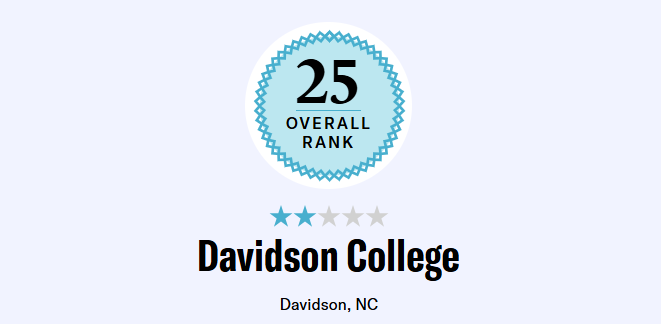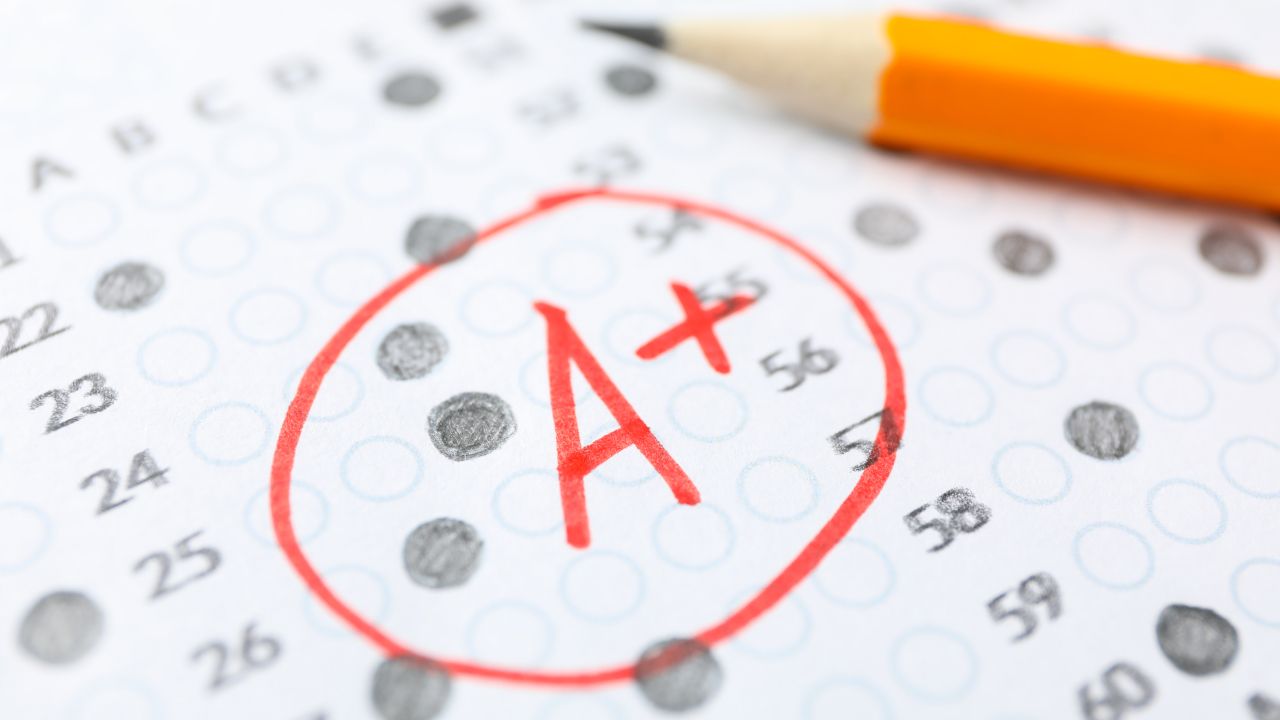Colleges Are Wed to the Status Quo
Ideals that were once a grounding have become an anchor.
By Clark Ross
James G. Martin Center for Academic Renewal
August 14, 2024
In a recent Boston Globe column, correspondent Kara Miller wrote that our colleges and universities now “embrac[e] the status quo,” preventing them from responding to new challenges. Her article draws heavily on a 2023 book by Brian Rosenberg, former president of Macalester College, entitled Whatever It Is, I’m Against It: Resistance to Change in Higher Education. Both Miller and Rosenberg write of the difficulty of fostering meaningful change in our colleges and universities. Private businesses in the United States demonstrating such inflexibility would quickly endanger their viability and existence.
In today’s world, the intransigence of our institutions of higher education is risking exactly that irrelevance. In prior years, the status quo filtered down from elite universities and helped “ground” post-secondary education with some positive moorings. Today is different. American post-secondary education confronts a bevy of challenges that threaten its stability. Adherence to the status quo has become an “anchor” preventing meaningful change.
Let’s review briefly a few of these challenges: financial, demographic, ideological, pedagogical, and political.
Labor-intensive in their financial model, higher-ed institutions are confronting financial challenges. Rising costs, for everything from health-care insurance to student services, threaten financial stability. This challenge is occurring just as families, particularly middle-income ones, are less able to respond to higher tuition and fees. Just look at the scores of small private schools that have failed in recent years, in all sections of the country. Possible remedies, such as shortened semesters and larger classes with smaller discussion sections, are promptly vetoed, with little study or discussion, by faculty groups.
A second challenge is the so-called demographic cliff, an expectation that a peak number of high-school graduates, perhaps 3.5 million, will be present in 2025, followed by annual declines of nearly 1.5 percent for the next five to 10 years. With many schools already heavily under-enrolled, how will U.S. higher education confront this challenge? There are really only two ways: Try to increase the number of domestic college students, or turn to an increased number of international students. Yet cost increases, curricular challenges, and (to an extent) xenophobia are preventing higher education from increasing its draw.
A third challenge relates to issues of equity and inclusion, still very much in the forefront of campus thought today. In an effort to make the demographics of an institution replicate those of society at large, overt as well as more disguised “affirmative-action” measures are used to recruit students and faculty of different ethnicities and socio-economic statuses. In 2023, the Supreme Court moved to limit the most obvious uses of affirmative action. Nevertheless, universities’ efforts to stray from merit and color-blindness continue to introduce controversy and divisiveness into many institutional decisions.
A fourth challenge is pedagogical. Though disciplines change constantly, tenure and a highly specialized faculty preclude a dynamic curriculum. The hiring, with a 40-year commitment, of an historian of Flemish painting imposes great risks for the underutilization of this faculty member over time. Hiring professors for recurring five-year appointments may well be a better solution, but faculty frequently and strongly resist such appointments.
Even the presumption that quality teaching should be positively correlated with tenure has been seriously challenged. Some of the most effective teachers are not the most effective researchers; the converse is also true. Given a particular school’s mission and needs, different additions to a faculty may be required. Harvard may need a research specialist in finite mathematics to train graduate students, while Davidson may need a superior instructor to direct undergraduate calculus. In other words, one may need a research specialist, and one may need a teaching specialist. Applying the same criteria to both hires may not fulfill the actual need of either institution.
An additional pedagogical challenge is to determine when lecturing is the most effective form of teaching. Small-group learning and participatory groupwork have shown themselves to be superior means for learning in many cases. Having the lecture as the status quo or the default for teaching must continue to be challenged. The lecture method must prove itself against alternatives in different course offerings.
Finally, how should important international and national political crises affect the pedagogy of the university? The recent conflict between Israel and Hamas is a major challenge that has compromised the harmony of many schools, particularly elite ones like Harvard, Columbia, and the University of Pennsylvania.
Few of these challenges were paramount in 1975, half a century ago. Thus, the status quo that evolved over 200 years of higher education in the United States is no longer appropriate. That status quo once provided a grounding that led to higher education in the United States being expensive but the envy of the world. Today, however, adherence to the status quo is not a grounding but an anchor, preventing needed fundamental changes within the industry.
How can we confront this serious challenge? How do we introduce a mentality and a process for meaningful change? Certain principles are relevant—albeit, perhaps, to varying degrees at different institutions. These include the following four ideals, broadly defined.
1) A clear, understood, and accepted division of influence among the following six groups: trustees, alumni, donors, administrative staff, faculty, and students. This plethora of groups with varying roles, both presumed and statutory, contributes to inertia and difficulty fostering change. How can a clear division be promulgated?
For instance, the awarding of tenure to an individual professor generally requires action from the administration, the faculty, and the students (who provide teaching evaluations). Typically, the trustees make the final decision. All involved in this process will attest to its ambiguity.
Thus, each institution must move toward some clear balance of power, with transparent roles and responsibilities for each of these groups. The current situation is akin to a for-profit corporation granting uncertain roles to stockholders, the board of directors, management, workers, and consumers. In such a scenario, each group fights to protect its self-interest and resists change. This seriously undermines the institution.
2) A clear and accepted role for strategic planners. The principal participants are generally the faculty and the administrative staff, with students and trustees offering advice and opinions. Given the self-interest that staff and faculty have, the strategic-planning process is inherently flawed. New initiatives must always be additive, without reducing any current activities. A planning process of this nature tends only to increase costs. Moving toward some form of zero-based budgeting and planning could address this issue. Yet there is typically so little support for such a change that the process of moving in that direction is highly uncertain and challenging.
3) A willingness to commission objective experts to offer advice and knowledge on important questions. For example, in the teaching of introductory foreign languages, what methods provide the best results per dollar spent. It may well be that non-tenured, renewable faculty working with heavily involved students is the best method, compared to expensive tenure-track professors of foreign literature trying to teach basic language courses in a lecture style.
Other critical questions could concern the actual needs of the professionals hiring today’s students. Which skills best prepare a student for a career in finance or consulting, for example? Does each school truly know the answer to that question?
4) The arrival at some consensus concerning diversity and inclusion. Frank and candid discussions of the type that rarely occur at elite universities must be initiated. It takes a rare college president to gain the trust of all groups to engage in this discussion. Yet I would argue that such a discussion is vital.
In conclusion, today’s universities face two central challenges. The first is to recognize the absolute need to abandon the status quo and be willing to change. The second is to address the change process with appropriate roles for constituencies, proper planning methods, and the objective acquisition of needed knowledge. Those institutions that are early adapters and quickly follow this advice stand not only to survive but to prosper.
Clark Ross taught economics at Davidson College from 1979 to 2024. He served as dean of the faculty for nearly 15 years.



